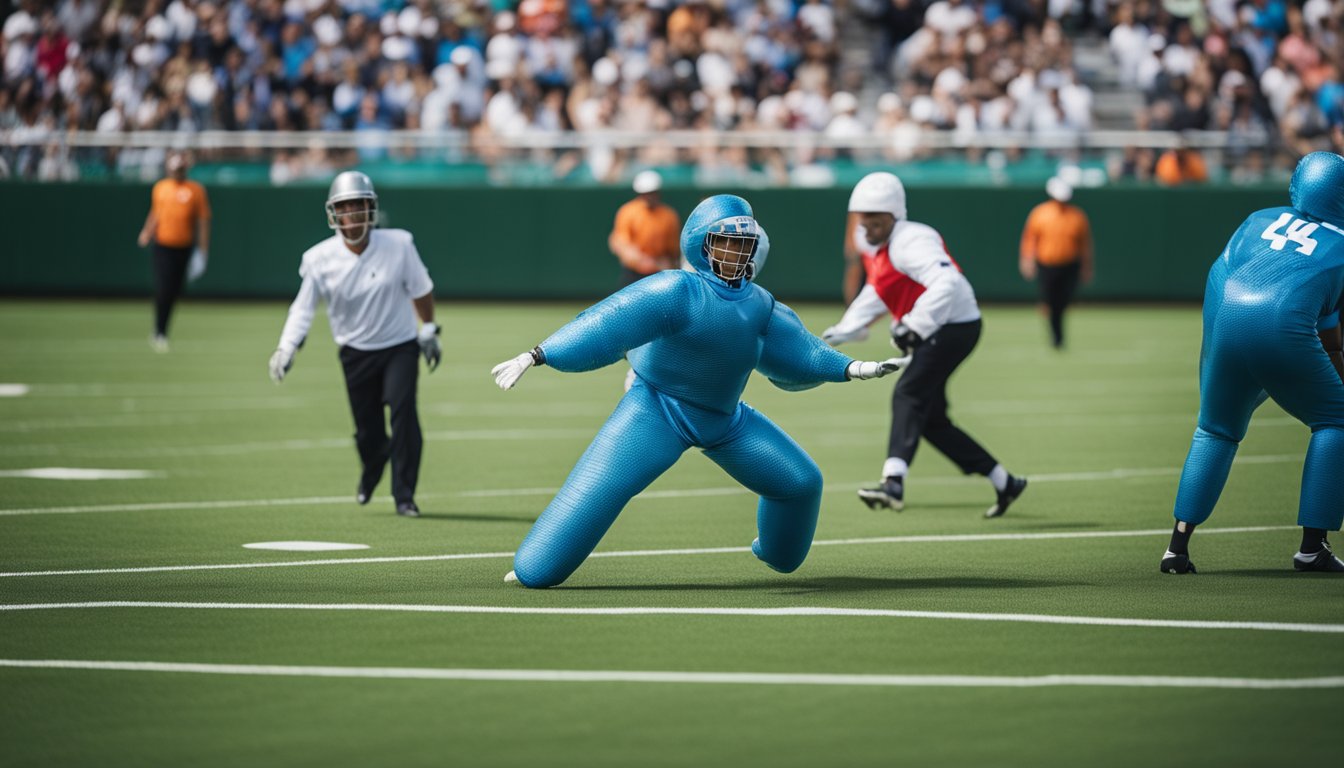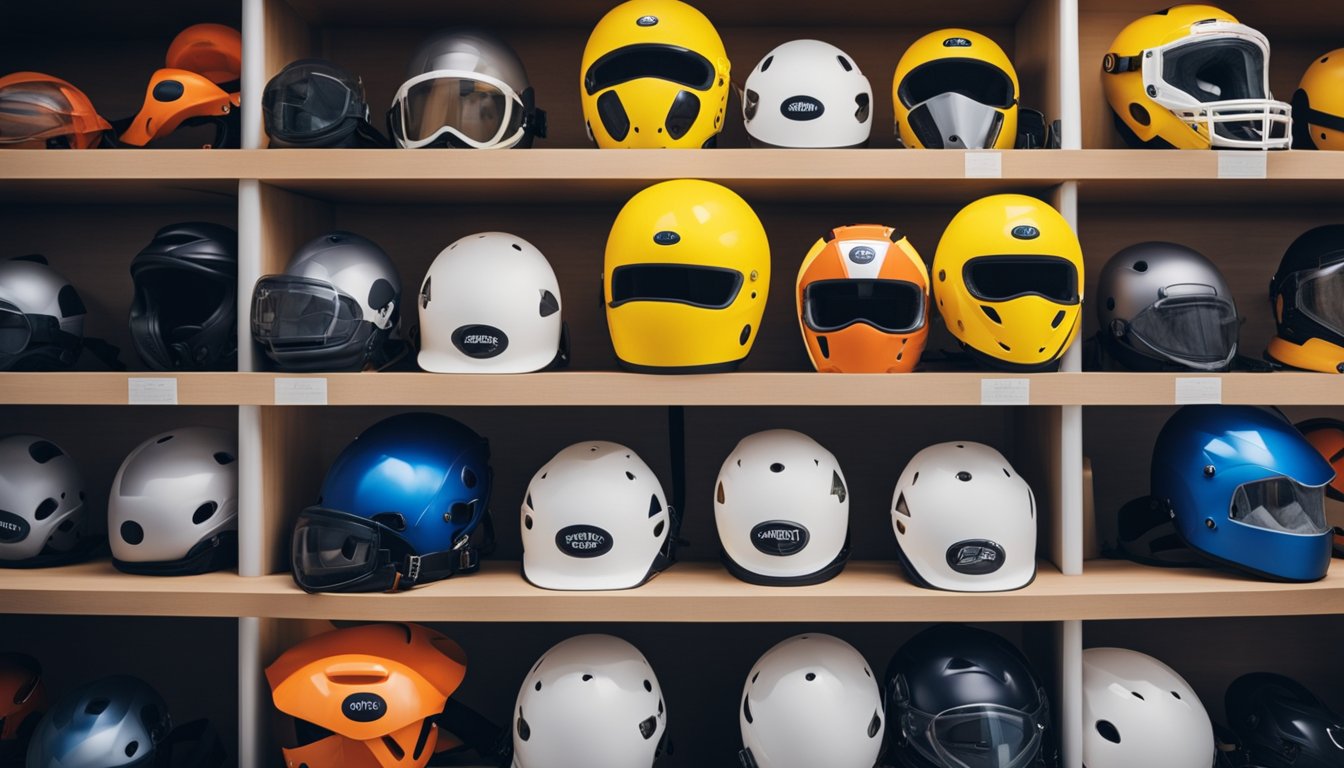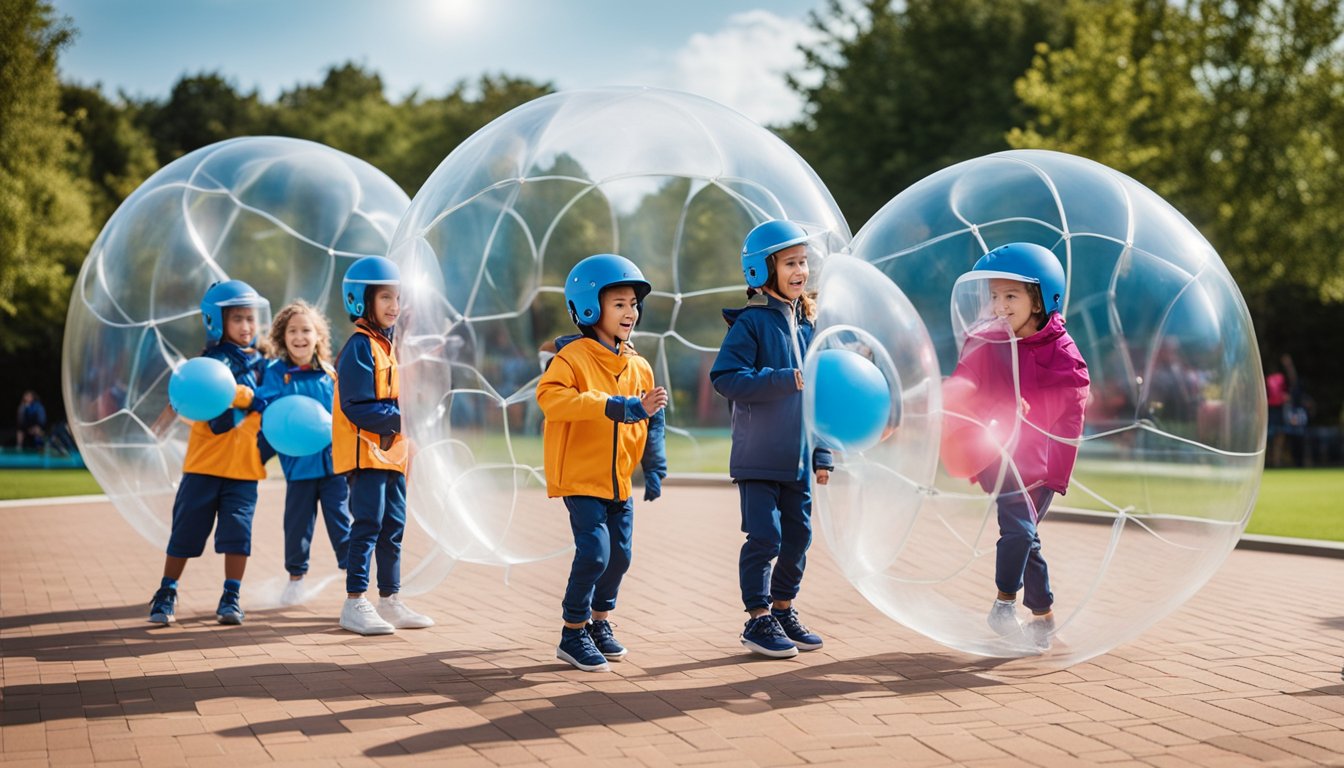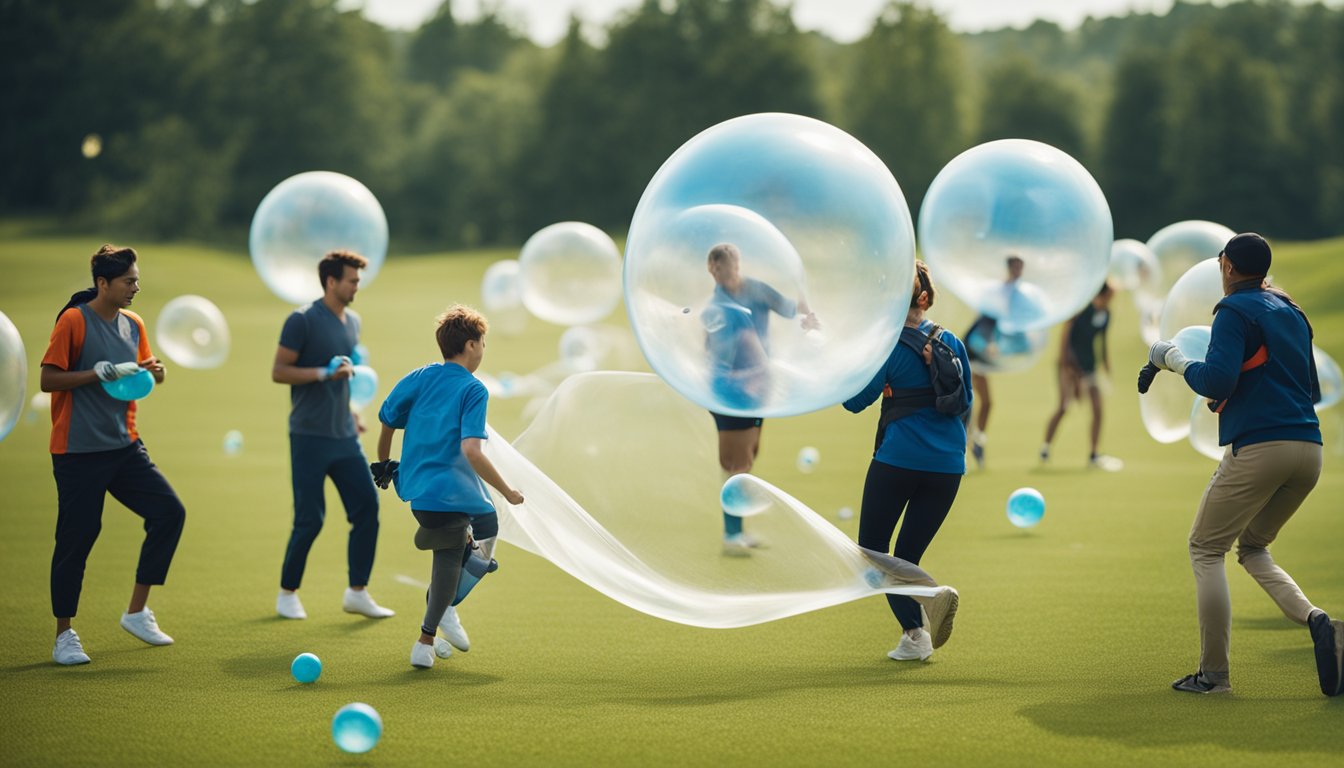Late updated: 23 Nov 2024 13:11
Written by: Emma Saunders
Tips For Promoting Safety In Bubble Sports: Essential Guidelines
Bubble sports, a fusion of physical activity and entertainment, have rapidly gained popularity among thrill-seekers and sports enthusiasts alike. While the fun factor is undeniable, it's crucial to approach these activities with a focus on safety to prevent injuries. Ensuring that all players are equipped with essential safety gear and follow best practices is vital for a safe and enjoyable experience.

We aim to provide you with valuable insights and practical tips to enhance safety in bubble sports. From selecting the right equipment to understanding the importance of proper fit and function, these guidelines serve as a foundation for preventing accidents. Furthermore, we'll highlight common safety concerns and offer solutions to mitigate risks effectively.
Our guidance on promoting safety in bubble sports will not only help you enjoy the game worry-free but also reinforce the significance of preparation and proactive measures. Engaging in these activities with awareness and care ensures everyone can experience the fun they offer without compromising safety.
Key Takeaways
- Use essential safety gear for protection.
- Implement best practices to ensure safe play.
- Address common safety concerns effectively.
Essential Safety Gear for Bubble Sports

Safety is a top priority in bubble sports, and the right gear is essential to protect players from injuries. This guide will discuss necessary equipment for head, body, and limbs, along with appropriate clothing and footwear to enhance security during play.
Head Protection and Injury Prevention
Protective gear for the head is crucial in preventing concussions and other sports-related injuries. Helmets are a common choice, providing a sturdy shield against impacts.
Mouthguards add an extra layer of defence, safeguarding teeth and reducing the risk of jaw injuries. For activities with frequent falls or collisions, the combination of a helmet and mouthguard is advisable. Inflatable bubbles partially cover the head, yet additional headgear enriches this protection. Properly fitted helmets with secure straps ensure optimal safety.
Body and Limb Safety Essentials
When engaging in bubble sports, the focus on body and limb protection can't be overstated. Knee and elbow pads are vital, preventing abrasions and fractures during tumbles.
Shoulder pads offer extra cushioning, especially when collisions are anticipated. Well-designed bubble suits incorporate inflatable cushioning, reducing impact severity, but additional gear enhances this safety feature. Shoulder straps within these suits enable precise adjustment, ensuring they stay in place during intense activities. Remember, proper equipment plays a significant role in mitigating injury risks.
Choosing the Right Athletic Clothing and Footwear
Selecting appropriate athletic clothing ensures comfort and functionality. Breathable fabrics that wick away sweat keep us cool and dry, crucial for maintaining peak performance. Clothing should fit snugly yet allow freedom of movement.
Footwear is another key aspect. Cleats provide excellent traction, minimising slips on various surfaces. Closed-toe shoes with sturdy soles protect against foot injuries. When paired with professionally designed suits, our choice of attire completes a comprehensive safety approach. Always choosing gear that aligns with our activity type enhances our safety and enjoyment significantly.
Implementing Best Practices for Safe Play

Ensuring safety in bubble sports requires a focus on effective communication, strategic training, adherence to safety protocols, and awareness of potential injury risks. These elements work together to create a safe and enjoyable environment for everyone involved.
Effective Communication and Teamwork
Communication is essential in bubble sports to ensure everyone plays safely. We must articulate game rules clearly so all participants understand their roles and responsibilities. Encouraging open dialogue within teams promotes a cooperative atmosphere, as players can alert each other to potential hazards.
Effective teamwork involves players understanding each other's strengths and weaknesses, allowing for strategic planning. Hand signals can be introduced as a method of non-verbal communication during gameplay. This proactive approach helps in maintaining focus on safety while fostering a spirit of camaraderie and collaboration.
Physical Training and Conditioning
Proper physical conditioning is vital to reduce the risk of injuries such as sprains and strains. Regular warm-up exercises and stretching sessions are critical. They prepare the body by increasing flexibility and blood flow, thus lowering injury risk.
Including a balanced mix of strength training, agility exercises, and cardiovascular conditioning improves overall physical resilience and performance. Our focus should be on avoiding overtraining by incorporating sufficient rest and recovery periods into the regimen, which will help prevent fatigue and burnout over time.
Understanding and Adhering to Safety Protocols
Following safety protocols is crucial to maintaining a safe play environment. Clear guidelines should be provided through a comprehensive safety handout. This includes information on gear requirements, game rules, and emergency procedures.
Regular checks of safety equipment, such as bubble suits, ensure there are no defects. Monitoring playing conditions and ensuring they meet safety standards is also essential. By adhering to these protocols, we promote a consistent approach to player safety that mitigates risks associated with the sport.
Recognising and Addressing Injury Risks
Injury prevention starts with recognising potential risks. Common injuries like overuse injuries can be minimised through proper guidance on technique and limits on play duration. It's imperative we educate players on signs of fatigue and the importance of staying hydrated throughout activities.
Immediate attention should be given to any signs of injury, followed by appropriate rest and recovery. By providing education on nutrition and preventative measures, we support long-term athlete safety and sustained participation in the sport. If injuries do occur, having a protocol in place for swift and effective response is vital.
Frequently Asked Questions

In bubble sports, safety precautions, suitable protective gear, and proper supervision are key to reducing injury risks. Understanding age restrictions and addressing potential long-term health concerns also play important roles.
What safety precautions should be taken when playing bubble football?
Players should ensure that their equipment is inspected regularly and used properly. Understanding the rules and using the side of the bubble for impacts, rather than the top, can help prevent serious injuries during play.
How can participants avoid injuries during bubble sports sessions?
Listening to our bodies and recognising signs of fatigue is crucial. Adjusting the intensity of play when necessary helps maintain a safe environment and reduces the likelihood of injuries.
Are there age restrictions for safely participating in bubble football?
Bubble football often has age restrictions to ensure the safety of younger participants. Typically, players should be at least 7 years old, but the exact age may vary depending on the organiser's regulations and the players' ability to manage the equipment.
What protective gear is recommended for bubble sports activities?
While the bubble itself provides a significant level of protection, players should still wear comfortable clothing and secure footwear. Optional knee pads and elbow pads can offer additional safety for more intense games.
How does the supervision of games impact the safety of bubble sports?
Having trained supervisors on site is essential to manage safety effectively. They can provide guidance, enforce rules, and respond swiftly to any incidents, helping to prevent accidents and maintain a secure playing environment.
Can bubble football lead to long-term health issues if played without proper safety measures?
Without adherence to safety guidelines, there is a risk of developing injuries that could have long-term effects. It's important to follow all recommended safety procedures and ensure a balanced approach to play, focusing on both enjoyment and wellness.
